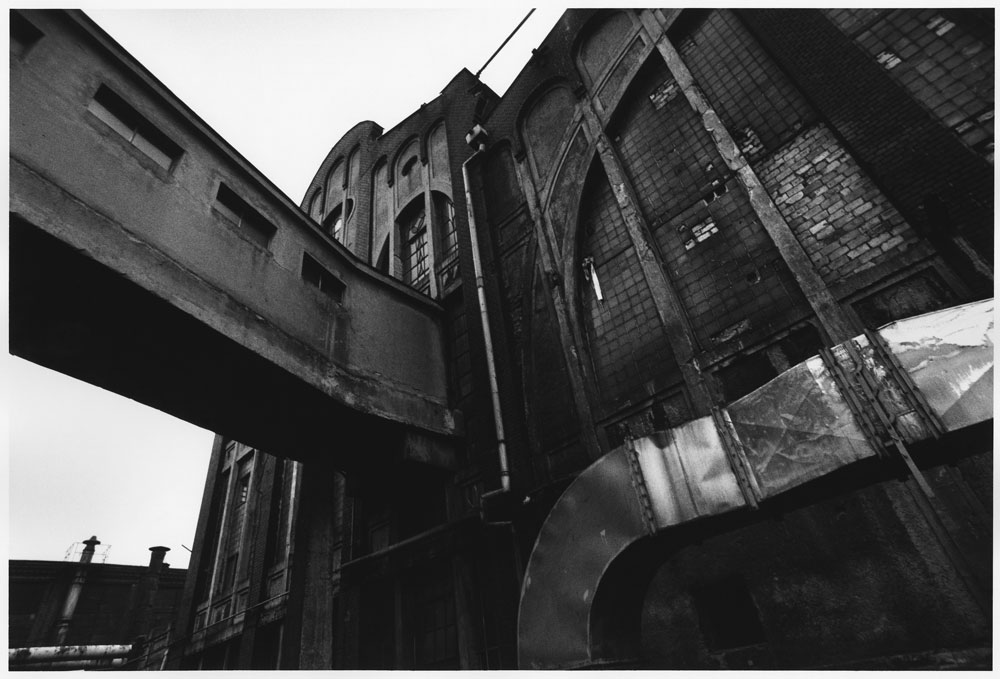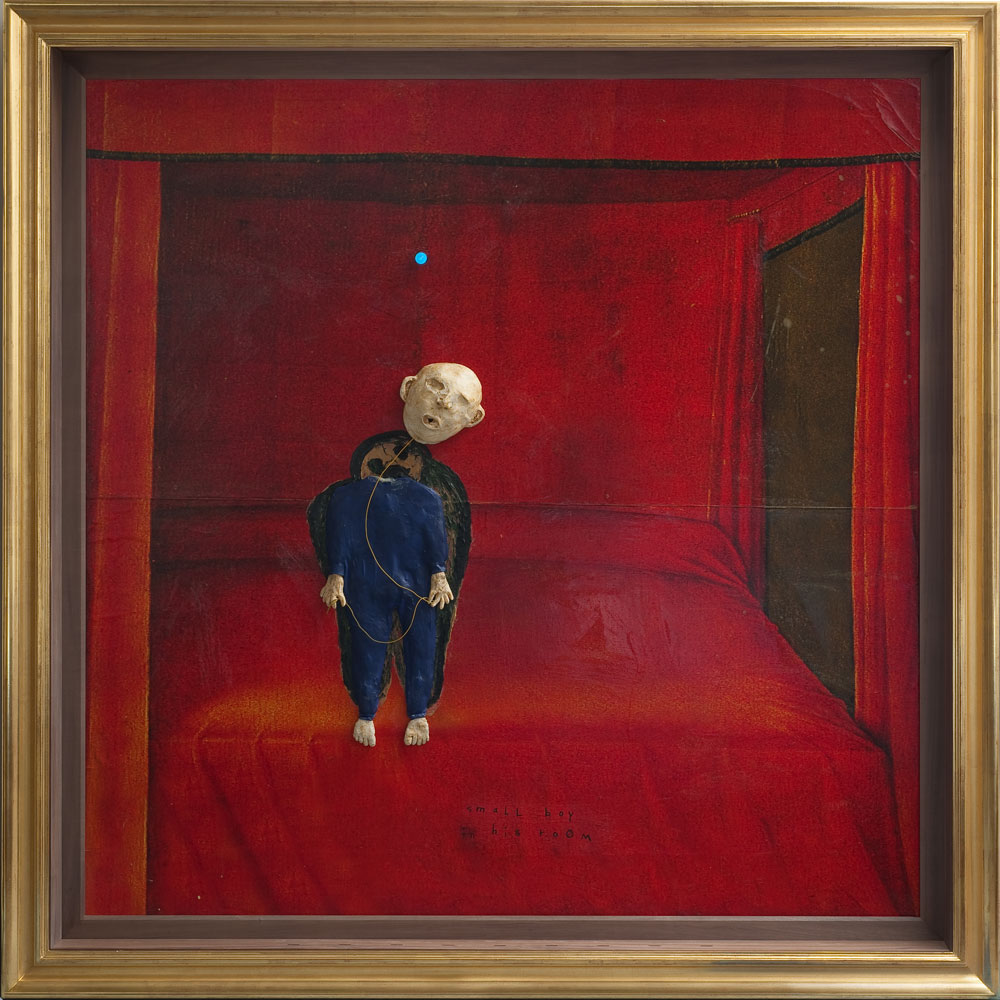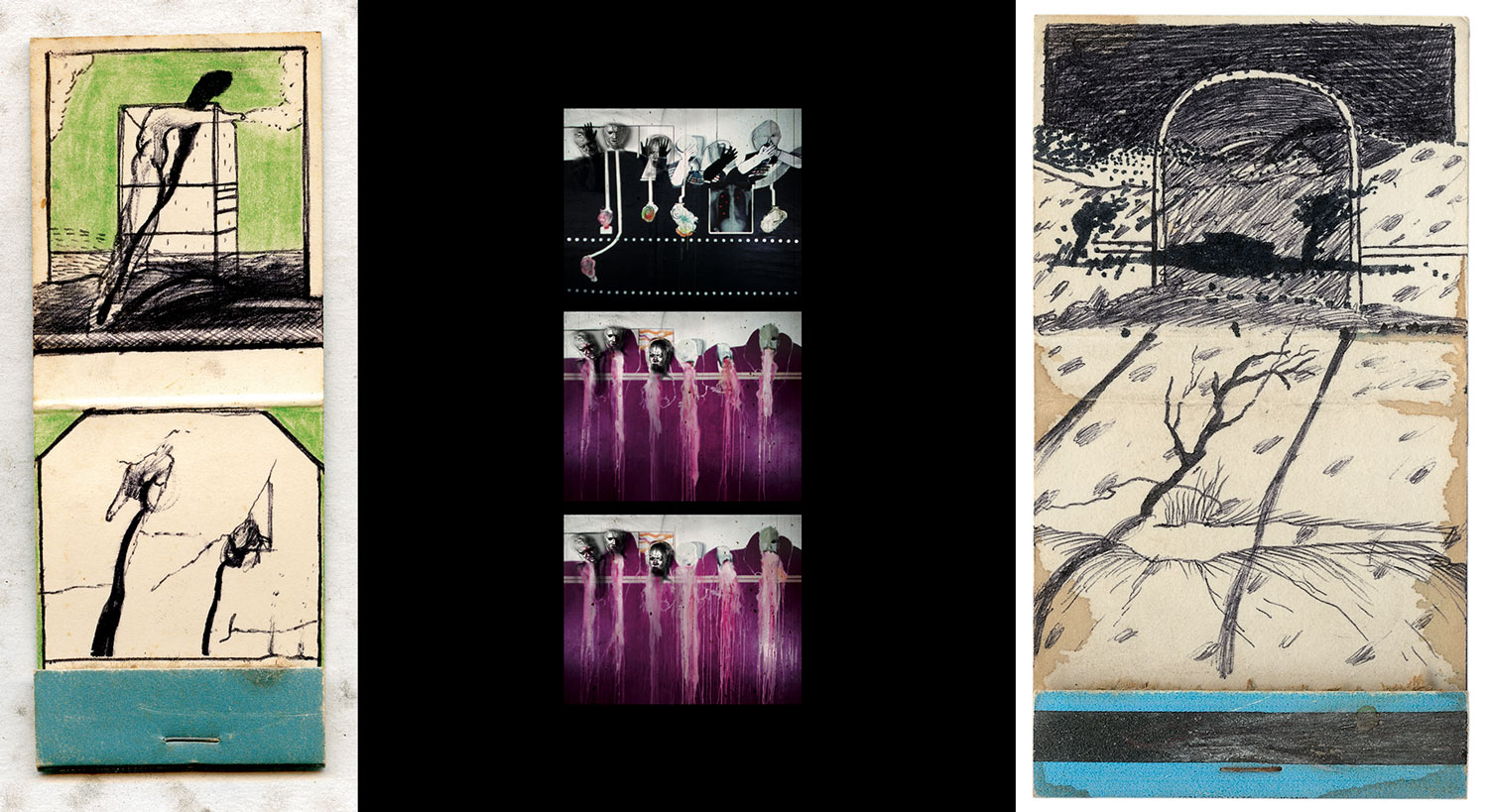ART-PRESENTATION: David Lynch-Someone is in my House
 Despite his undeniably pivotal position in the international film and television world, David Lynch’s work as a visual artist is much less known. Lynch has always insisted that he sees himself above all as a visual artist, one who during his studies at the Pennsylvania Academy of Fine Arts in Philadelphia, accidentally came into contact with the medium of film, setting him out on his career as a film director.
Despite his undeniably pivotal position in the international film and television world, David Lynch’s work as a visual artist is much less known. Lynch has always insisted that he sees himself above all as a visual artist, one who during his studies at the Pennsylvania Academy of Fine Arts in Philadelphia, accidentally came into contact with the medium of film, setting him out on his career as a film director.
By Dimitris Lempesis
Photo: Bonnefantenmuseum Archive
Comprising over 500 works by David Lynch, the retrospective “Someone is in my House” includes paintings, photos, drawings, lithographs and watercolors spanning the 1960’s to the present. Throughout his fifty-year career he has always continued to draw and paint, even when his work as a film director left him little time for this. This publication includes drawings made while working on “Eraserhead”, on paper napkins, matchbooks, and loose notepad pages, when nothing else was at hand. During the shooting of “The Elephant Man”, he began photographing empty factory buildings in England, and the works “Duck Kit” and “Chicken Kit” originated in Mexico during the filming of “Dune”, as did the first cartoons in the series “The Angriest Dog in the World”. David Lynch was raised by parents who were keen on travelling, and he led a nomadic life from a young age. When he was fifteen, his first mentor was the father of a childhood friend, the painter Bushnell Keeler. Through Keeler, Lynch became interested in a book by American artist and teacher Robert Henri “The Art Spirit” which was to become the guiding principle in his work as an artist. A planned three-year study with the Austrian artist Oscar Kokoschka fell through because the artist did not turn up, so Lynch returned to the United States and enrolled at the Pennsylvania Academy of the Fine Arts in Philadelphia to study painting. It was there that he took the first step in combining two worlds. His desire to create ‘moving paintings’ resulted in the short stop-motion animation “Six Men Getting Sick” (1967), which he projected onto a sculpted screen. In subsequent years, Lynch refined his visual idiom and made a number of short films. In 1977, he created the “Eraserhead”, his first feature film after a creative process of five years. The multifaceted and distinctive worlds of Lynch keep recurring in his later films, from the shady scenes in “Blue Velvet” (1986) to the unconscious repetitions in “Lost Highway” (1997) and the mysteriousness of the masterly series “Twin Peaks” (1990-1991). In collaboration with the Lumière Cinema in Maastricht and the EYE Film Museum in Amsterdam, there will be a special focus on the complete film oeuvre of David Lynch during the exhibition period, and a Lynch film program will be rolled out across the Netherlands.
Info: Bonnefantenmuseum, Avenue Ceramique 250, Maastricht, Duration: 30/11/18-28/4/19, Days & Hours: Tue-Sun 11:00-17:00, www.bonnefanten.nl










